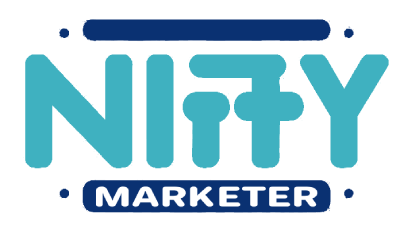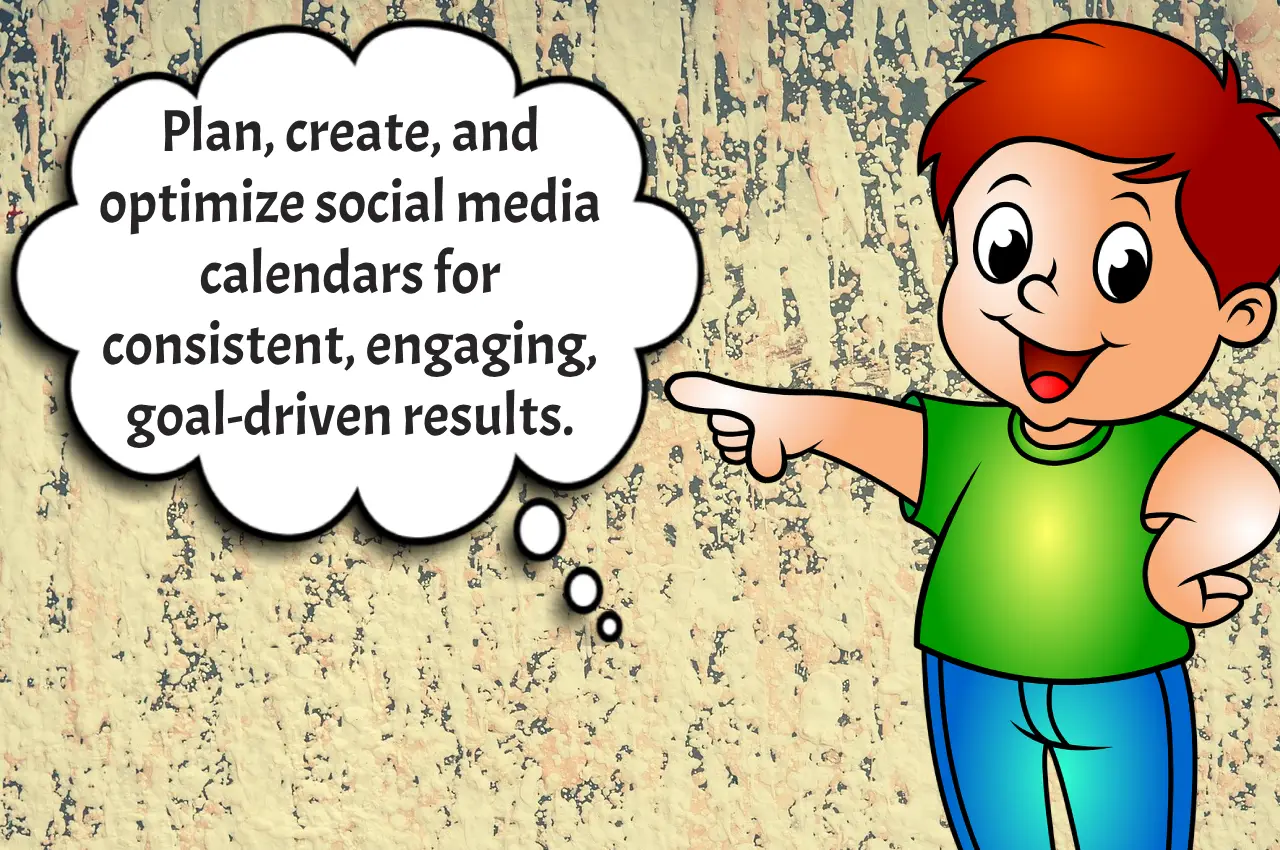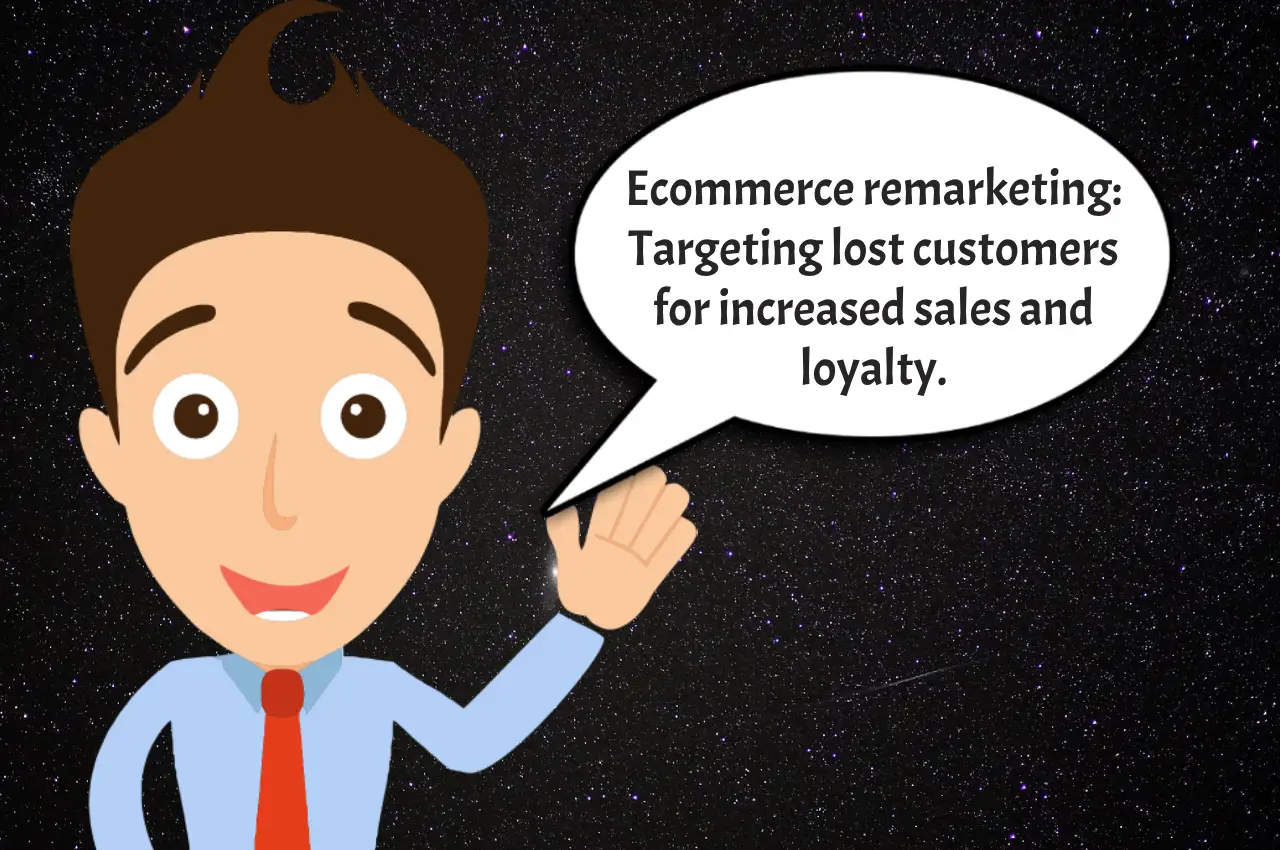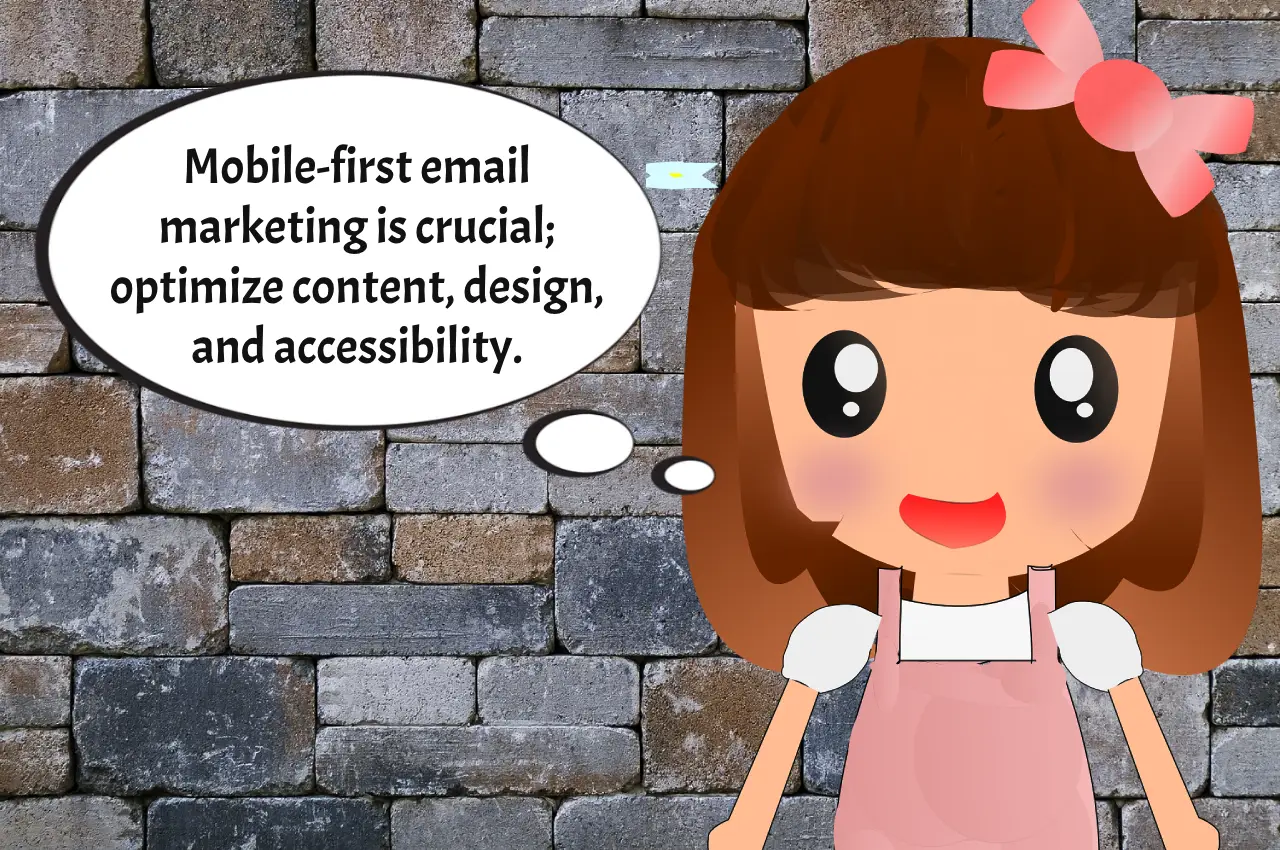Welcome to the world of social media content creation, where every post counts and consistency is key. Whether you’re a seasoned marketer or a small business owner looking to enhance your online presence, having a well-thought-out content calendar is crucial for success. In this guide, we’ll walk you through the steps to create a winning social media content calendar that resonates with your audience, boosts engagement, and drives results.
Understanding the Importance of a Social Media Content Calendar
Before diving into the nitty-gritty of creating a social media content calendar, let’s first understand why it’s essential. A social media content calendar serves as a roadmap for your social media strategy, helping you plan and organize your content in advance. By having a clear plan in place, you can maintain consistency in posting, ensure a cohesive brand identity, and capitalize on relevant trends and events.
Identifying Your Goals and Audience
The foundation of any successful social media strategy lies in understanding your goals and audience. Take the time to define your objectives, whether it’s increasing brand awareness, driving website traffic, or generating leads. Once you have a clear understanding of your goals, identify your target audience – their demographics, interests, pain points, and preferences. This will guide your content creation process and ensure that your posts resonate with your audience.
Creating a Content Strategy
With your goals and audience in mind, it’s time to develop a content strategy that aligns with your objectives. Consider the type of content that will best engage your audience – whether it’s informative blog posts, visually appealing images, entertaining videos, or user-generated content. Mix up your content formats to keep your feed dynamic and interesting.
Content Pillars and Categories
Consider organizing your social media content calendar around specific content pillars or categories that align with your brand’s values and objectives. This approach ensures a balanced mix of content while allowing you to cater to different aspects of your audience’s interests. For example, if you’re a fashion brand, your content pillars could include product showcases, style tips, behind-the-scenes glimpses, and user-generated content.
Content Repurposing
Don’t let your valuable content go to waste! Repurpose high-performing content across different platforms and formats to maximize its reach and impact. For instance, a blog post can be repackaged into social media graphics, videos, or email newsletters. By repurposing content, you can extend its lifespan and reach a broader audience without constantly creating new material.
User-generated Content (UGC)
Leverage the power of user-generated content to build trust and authenticity with your audience. Encourage your followers to share their experiences, reviews, and photos featuring your products or services. Incorporate UGC into your content calendar to showcase real-life examples of your brand in action. Not only does this create a sense of community, but it also provides valuable social proof for potential customers.
Trend Monitoring
Stay ahead of the curve by monitoring industry trends, current events, and cultural moments relevant to your audience. Incorporate trending topics into your content calendar to capitalize on timely opportunities and join relevant conversations. However, be mindful of aligning with your brand values and avoiding controversial or sensitive topics that may backfire.
Evergreen Content
Balance your social media content calendar with a mix of evergreen and time-sensitive content. Evergreen content, such as educational guides, how-to tutorials, and inspirational quotes, remains relevant and valuable to your audience over time. By sprinkling evergreen content throughout your calendar, you ensure a steady stream of valuable content that continues to resonate with your audience long after its initial publication.
Seasonal Campaigns
Take advantage of seasonal events, holidays, and milestones to inject freshness and relevance into your content calendar. Plan seasonal campaigns and promotions that align with the spirit of the occasion and resonate with your audience. Whether it’s Valentine’s Day, Back-to-School season, or summer vacations, tailor your content to capture the attention and enthusiasm of your audience during these peak periods.
Cross-promotion Opportunities
Look for opportunities to collaborate and cross-promote with other brands, influencers, or industry partners. Partnering with complementary brands or influencers can help you reach new audiences and amplify your message. Incorporate cross-promotion activities into your content calendar to leverage the collective reach and credibility of your partners.
Audience Engagement Strategies
Foster meaningful interactions with your audience by incorporating engagement strategies into your content calendar. Encourage likes, comments, shares, and user-generated content by asking questions, running polls, hosting giveaways, or soliciting feedback. Actively engage with your audience by responding to comments, addressing questions, and acknowledging user-generated content to foster a sense of community and loyalty.
Content Testing and Optimization
Embrace a culture of experimentation and optimization by testing different content formats, messaging, and posting times. Use A/B testing or split testing to compare the performance of different variations and identify what resonates best with your audience. Continuously monitor and analyze your performance metrics to uncover insights and opportunities for improvement.
Crisis Management Preparedness
While no brand likes to think about crises, it’s essential to have a plan in place for managing potential PR crises or negative situations on social media. Include crisis management protocols and response plans in your content calendar to ensure a swift and appropriate response in the event of a crisis. This proactive approach can help mitigate reputational damage and demonstrate your brand’s commitment to transparency and accountability.
Incorporating Themes and Campaigns
To keep your social media content calendar fresh and exciting, consider incorporating themes and campaigns into your strategy. Themes can be based on seasons, holidays, industry trends, or even user-generated content. Plan ahead and create content around these themes to add variety to your feed and capture your audience’s attention. Additionally, running targeted campaigns can help you achieve specific goals, such as promoting a new product or driving sign-ups for an event.
Scheduling Your Content
Once you have a solid content strategy in place, it’s time to schedule your posts using a social media management tool. Consider the best times to post based on your audience’s behavior and the platform’s algorithm. Experiment with different posting times and analyze the performance of your posts to refine your schedule further. Remember to leave room for real-time engagement and spontaneous content to keep your feed authentic and responsive.
Measuring and Analyzing Performance
No social media strategy is complete without tracking and analyzing performance metrics. Use analytics tools provided by social media platforms to monitor key metrics such as reach, engagement, clicks, and conversions. Pay attention to what content resonates most with your audience and adjust your strategy accordingly. Experiment with different types of content, posting times, and messaging to optimize your performance over time.
Iterating and Improving Your Strategy
Social media is constantly evolving, so it’s essential to stay agile and adapt your strategy as needed. Regularly review your content calendar and performance metrics to identify areas for improvement. Experiment with new ideas, trends, and formats to keep your content fresh and relevant. By staying proactive and flexible, you can continue to refine your strategy and drive better results over time.
In Conclusion
Creating a winning social media content calendar requires careful planning, creativity, and continuous optimization. By understanding your goals and audience, developing a cohesive content strategy, and leveraging analytics to track performance, you can create engaging content that resonates with your audience and drives meaningful results. So, roll up your sleeves, start planning, and watch your social media presence soar!





